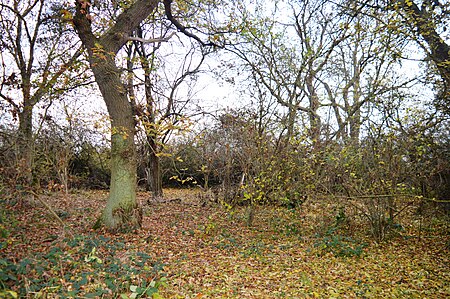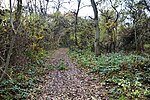Gamsey Wood
Wildlife Trust for Bedfordshire, Cambridgeshire and Northamptonshire reserves

Gamsey Wood is a 4 hectare nature reserve north-east of Woodwalton in Cambridgeshire. It is managed by the Wildlife Trust for Bedfordshire, Cambridgeshire and Northamptonshire.The main trees in this wood are ash and field maple, but there are also several wild service trees. Spring flowers include bluebells, wood anemones and yellow archangels, and there are birds such as fieldfares and nightingales.There is access from Raveley Road by a track through Keeler farm to the reserve entrance at the north-east corner of the site.
Excerpt from the Wikipedia article Gamsey Wood (License: CC BY-SA 3.0, Authors, Images).Gamsey Wood
Raveley Road, Huntingdonshire
Geographical coordinates (GPS) Address Nearby Places Show on map
Geographical coordinates (GPS)
| Latitude | Longitude |
|---|---|
| N 52.419 ° | E -0.201 ° |
Address
Raveley Road
Raveley Road
PE28 2QZ Huntingdonshire
England, United Kingdom
Open on Google Maps









